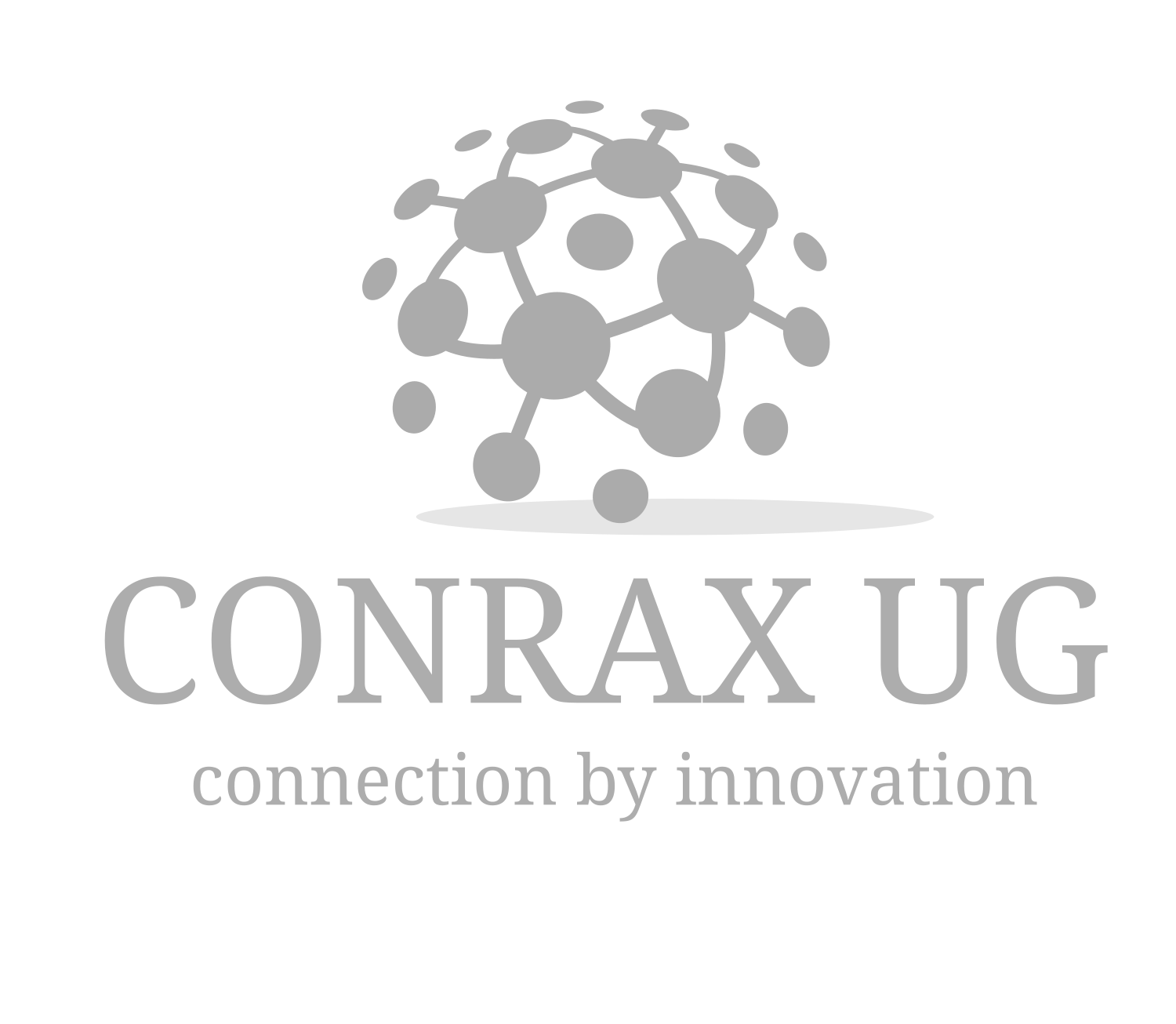Analyzing Overhead costs in Service-Based Organizations is a crucial aspect of understanding the total cost of providing a service or performing a function. http://www.aliveproxy.com/proxy-list/proxies.aspx/Hungary-hu In this section, we will delve into the various perspectives and insights related to overhead costs in service-based organizations. Direct materials are the materials that are used in the production of the product.
- The sum of direct labor cost and manufacturing overhead cost is known as conversion cost.
- In other words, the amount allocated to expense is not indicative of the economic value being consumed.
- Cost refers the monetary measure of the amount of resources given up or used for some specified purpose.
- It can also use its manufacturing cost to determine how much it can afford to spend on research and development, marketing, and other expenses.
- For Friends Company, other direct materials would include, for example, plastic parts and paint.
Additional Resources
Since nonmanufacturing overhead costs are treated as period costs, they are not allocated to goods produced, as would be the case with factory overhead costs. Since they are not allocated to goods produced, these costs never appear in the cost of inventory on a firm’s balance sheet. In the end, management should know whether each product’s selling price is adequate to cover the product’s manufacturing costs, nonmanufacturing costs, and required profit. Nonmanufacturing overhead costs are the business expenses that are outside of a company’s manufacturing operations.
Difference between manufacturing and non-manufacturing costs
Instead these expenses are reported on the income statement of the period in which they occur. Materials that become an integral part of the finished product and that can be easily traced to it are called direct materials. Direct materials usually consists of a significant portion of total manufacturing cost.
What Are The Disadvantages Of ABC? Cost of manufacturing
That’s why you need a reliable partner to buddy up with and slash your costs. As a result, you’ll make informed decisions about future bids to clients and your internal cost calculations. As an entrepreneur in the tech industry, it’s important to have a clear understanding of the scope…
Manufacturing costs, also called product costs, are the expenses a company incurs in the process of manufacturing products. Another technique is the use of time-driven activity-based costing (TDABC). This method focuses on the time required to perform various service activities. By assigning costs based on the time spent on each activity, organizations can better assess the cost-efficiency of their service processes. This account is a non-operating or “other” expense for the cost of borrowed money or other credit.
Product Costing Systems (Cost Accumulation Methods)
Under the accrual basis of accounting, the matching is NOT based on the date that the expenses are paid. The finished product of a company may become raw material of another company. http://www.aliveproxy.com/whois/?i=119.187.148.102 For example, cement is a finished product for manufacturers of cement and raw materials for companies involved in construction business.
Analyzing Overhead Costs in Service-Based Organizations
When you know your production costs, you can make informed decisions about whether or not your product will be profitable enough for you to sell it at a price that makes sense for your business. First, you’ll need to know the direct labor hourly rate (the labor cost per hour). As you can see, by collecting cost data and calculating it accurately, businesses can optimize cost management and set the right price for their products to gain a competitive advantage. For instance, if some raw materials are driving up costs, manufacturers can negotiate with other suppliers who may be willing to supply these materials at a lower cost. The next step is to calculate the costs of utilities (electricity, water, or gas) that are directly used in the manufacturing process (for example, fuel used to operate the production equipment). Next, calculate the value of the existing inventory if the manufacturing company already has a stock of materials from a previous period.
For example, it can use its manufacturing cost to set a price to cover its costs and make a profit. In addition, manufacturing costs help companies determine how much profit they can make on each product. This information is necessary for business owners to stay competitive and ensure their company is making money. For example, if you’re making a http://philatelia.net/classik/plots/?more=1&id=3084 product with a high manufacturing cost per unit but a low selling price, you can sell fewer units and make less money than if your manufacturing costs were low. When calculating manufacturing overhead, you must first determine your overhead costs and then divide them by the total sales of your product. You can then multiply that number by 100 to get the percentage of overhead per unit.


Add comment
Du musst angemeldet sein, um einen Kommentar abzugeben.